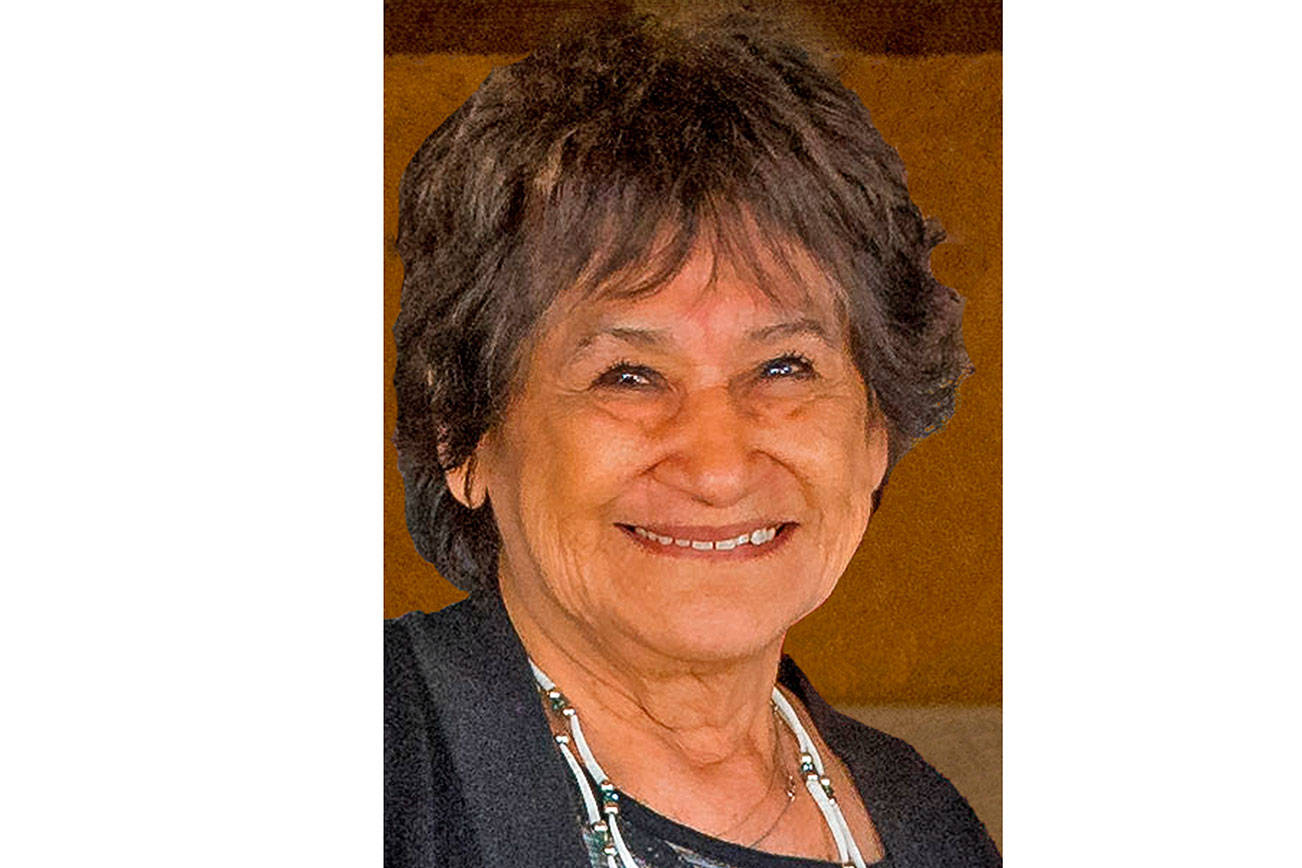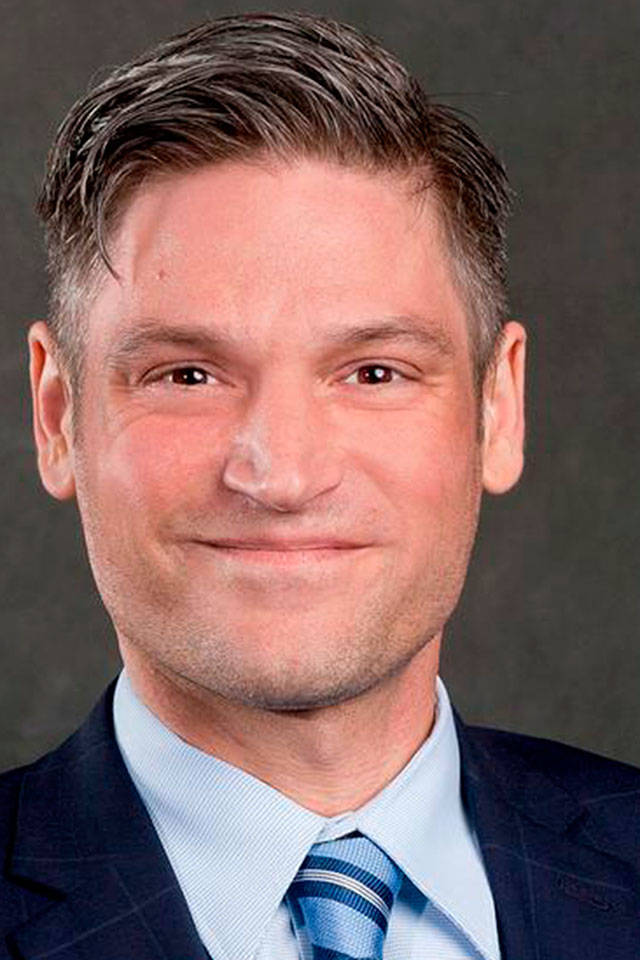When a CEO boards a Korean Air flight from Seattle to Incheon, there is a good chance she will be sitting in a cabin outfitted by workers at a Bellingham company called Heath Tecna. When a pilot in Africa flies too close to another plane, he hears a warning alert thanks to a safety system developed by aerospace engineers in Everett and tested in the skies above us. And when President Obama travels the world carrying American ideals and securing our interests, he does it in a plane built right here by the women and men at Boeing.
The Pacific Northwest is the aerospace capital of the world. Whether it is the tens of thousands of workers at Boeing’s Everett Factory, or the thousands more who work at smaller manufacturers throughout our region, our workers depend on the health of the aviation industry.
That is why I am excited to have just been elected by my colleagues to serve as the top Democrat on aviation issues in the House of Representatives. My top priority as Ranking Member of the Aviation Subcommittee will be to make sure the United States invests in our aviation future, meaning more jobs in Northwest Washington.
Just as wings and engines give lift to planes, so too does the aviation industry give lift to the Northwest economy. By investing in critical aviation infrastructure like airports and air traffic control systems, U.S. airlines will be able to support more flights and buy more planes from our manufacturers.
In the Pacific Northwest we understand that air travel is a critical link in commerce, particularly for manufacturers who seek to export their products overseas. As we seek to grow our trade ties with Asia-Pacific nations, American business men and women will need frequent and efficient ways to travel abroad to access new markets.
The growth of aviation depends on a strong safety system that makes sure planes, passengers and crew members are secure. The safety work that FAA employees perform helps make all parts of air travel safe, from the planes on which we fly, to the management of the airspace, to the training of pilots and flight attendants.
As we have seen in the last few weeks, progress in aviation can be turbulent. The 787 Dreamliner is a revolutionary machine that will change the way that all future airplanes are built. But change brings challenge, such as the recent issues on some of the first 787s put into service. I am confident that the Federal Aviation Administration, National Transportation Safety Board, Boeing and the airlines are working well together to find solutions and get the planes back in the air safely. There will be a time for Congress to ask tough questions, but right now it is our job to let the safety experts do their jobs.
A healthy aviation industry depends on strong competition and fairness, among both airlines and manufacturers. As airlines consolidate, Congress must evaluate how customers are affected in terms of both service and ticket prices. On the manufacturing side, I maintain my strong belief that American workers will provide the best products when they can compete on a level playing field.
Small aerospace manufacturers, like those in Snohomish, Skagit and Whatcom counties, are indispensable in the construction and repair of aircraft and components, yet face unique challenges that I will work to address. We need to put small businesses on an even playing field with larger suppliers by making sure the FAA fairly implements its testing and safety certification process for new technology and equipment.
The aviation industry faces many exciting challenges and opportunities in the years ahead. We need to fully implement the Next Generation Air Transportation System to take advantage of satellite technology that saves fuel and cuts delays. The next generation of air traffic control depends not only on technology, but on the workforce that wields it. Congress must invest in training new air traffic controllers to replace today’s aging and retiring workers.
Whether you are an aerospace engineer, a general aviation pilot, or a passenger catching a flight at Bellingham International to a warmer climate this winter, your life is made better by a thriving aviation industry. It is on your behalf that I will work to make sure this industry succeeds in the decades to come.
U.S. Rep. Rick Larsen, WA-02, can be contacted via his website at http://larsen.house.gov.




